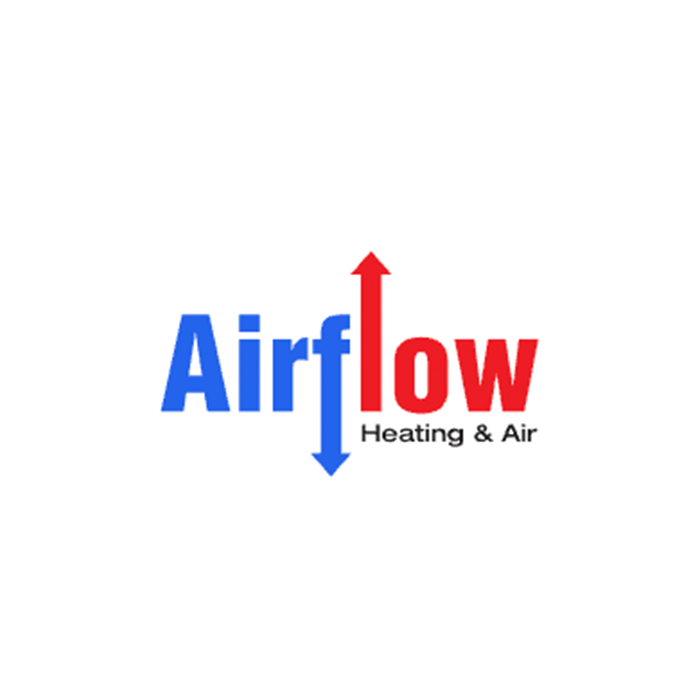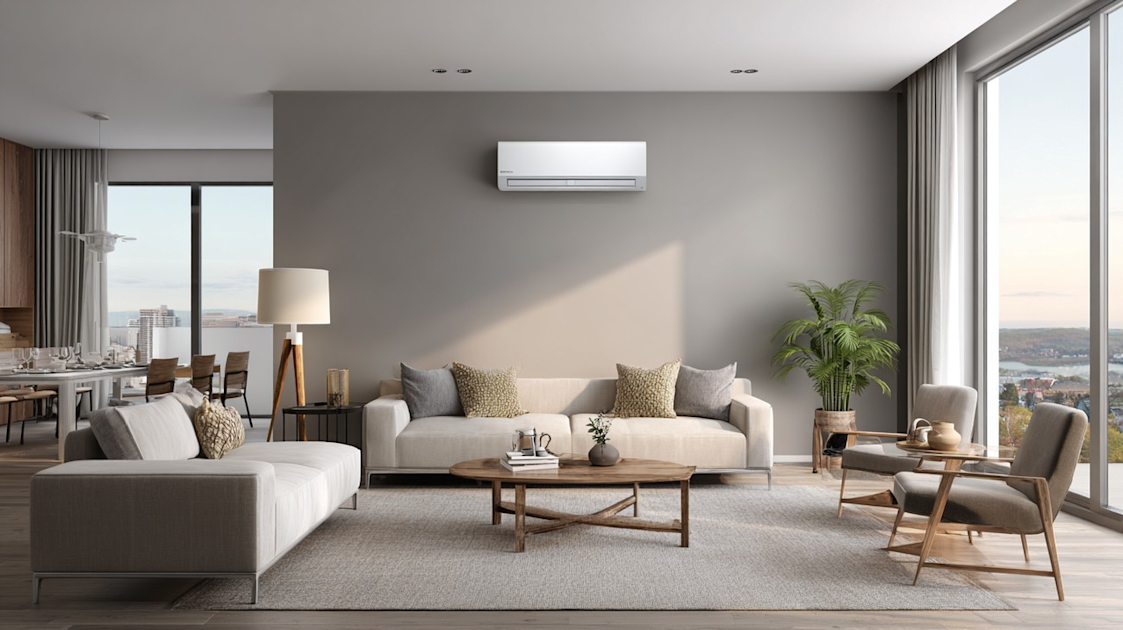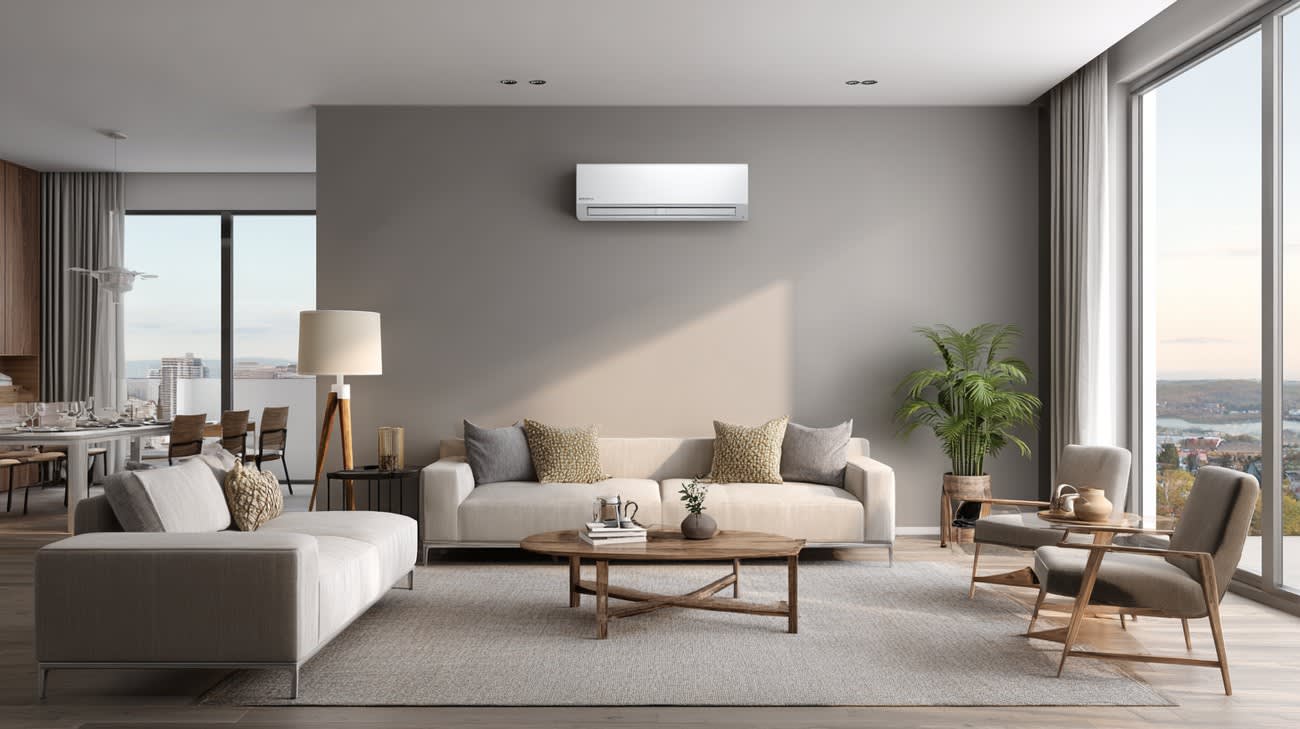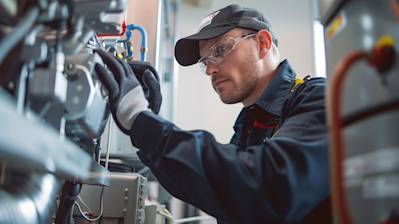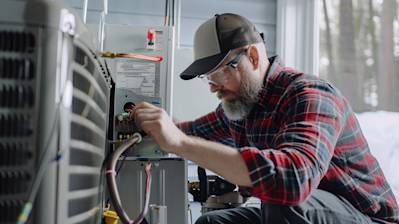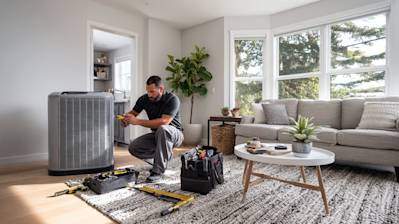When considering home cooling options, mini split air conditioners are becoming increasingly popular due to their energy efficiency, ease of installation, and flexibility. Understanding mini split AC cost is essential for homeowners looking to invest in a cost-effective and efficient cooling solution. This guide will delve deeply into the factors affecting mini split AC costs, helping you make an informed decision.
What is a Mini Split AC?
Before delving into costs, let's clarify what a mini split AC is. Mini split air conditioning systems consist of two main components: an outdoor compressor/condenser and an indoor air-handling unit. These units are particularly valued for their ability to provide zoned heating and cooling, which means they can control temperatures in individual rooms or spaces.
Factors Influencing Mini Split AC Cost
System Size
One of the most crucial factors in determining the cost of a mini split AC system is the size required. The cooling capacity of mini split systems is measured in British Thermal Units (BTUs). Generally:
- Smaller rooms may require units with 9,000 to 12,000 BTUs.
- Larger spaces might need systems delivering 18,000 to 36,000 BTUs or more.
The larger the system, the more expensive it will be.
Number of Zones
Mini split systems can be configured to serve multiple rooms or "zones”. More zones mean more indoor units, which can increase both the purchase and installation costs.
- Single-zone: Typically cheaper, suitable for one room.
- Multi-zone: More expensive but ideal for homes with multiple rooms or areas needing temperature control.
Brand and Quality
Various brands offer mini split systems, ranging from budget-friendly to high-end. Renowned brands often fetch higher prices due to their reputation for quality and reliability. However, investing in a reputable brand can lead to long-term savings on repairs and maintenance.
Installation Costs
Installation is another significant component of total mini split AC cost. Factors influencing installation expenses include:
- Complexity of installation: More complex setups, such as multi-zone configurations, require more labor and time.
- Installer expertise: Hiring experienced and certified technicians ensures the job is done correctly but may come at a premium.
- Location-specific costs: Installation prices can vary based on regional labor rates.
Cost of Mini Split AC Units
Price Range for Units
- Entry-level Units: $700 - $2,000
- Mid-range Units: $2,000 - $5,000
- High-end Units: $5,000 - $10,000
This range varies based on capacity, brand, and the number of zones the system can support.
Additional Costs to Consider
Beyond the equipment costs, be prepared for the following potential expenses:
- Installation: $500 - $2,000 per zone
- Electrical Work: $200 - $600 (if additional wiring or circuit installation is needed)
- Extra Equipment: Conduit lines, copper tubing, and brackets might incur additional charges
Long-term Costs of Mini Split AC Systems
Energy Efficiency
Mini split systems are often more energy-efficient than traditional central air systems, which can lead to reduced utility bills over time. Look for units with high Seasonal Energy Efficiency Ratios (SEER) ratings to maximize energy savings.
Maintenance
Keep in mind the cost of maintaining your mini split system. Regular cleaning of filters and periodic professional servicing can help keep the system running efficiently, potentially extending its life.
- Regular Cleaning: DIY filter cleaning costs are minimal.
- Professional Servicing: Once or twice a year at $100 - $200 per visit.
Why Choose a Mini Split AC?
Flexibility and Comfort
Mini split systems offer substantial flexibility, as they don't require ductwork and can easily be installed in any home or building. They provide individualized control, allowing different temperatures in different zones for increased comfort.
Environmental Impact
With the focus on green energy and reducing carbon footprints, mini split systems align well with sustainable living practices. They use advanced technology to minimize energy consumption, lowering your home’s overall environmental impact.
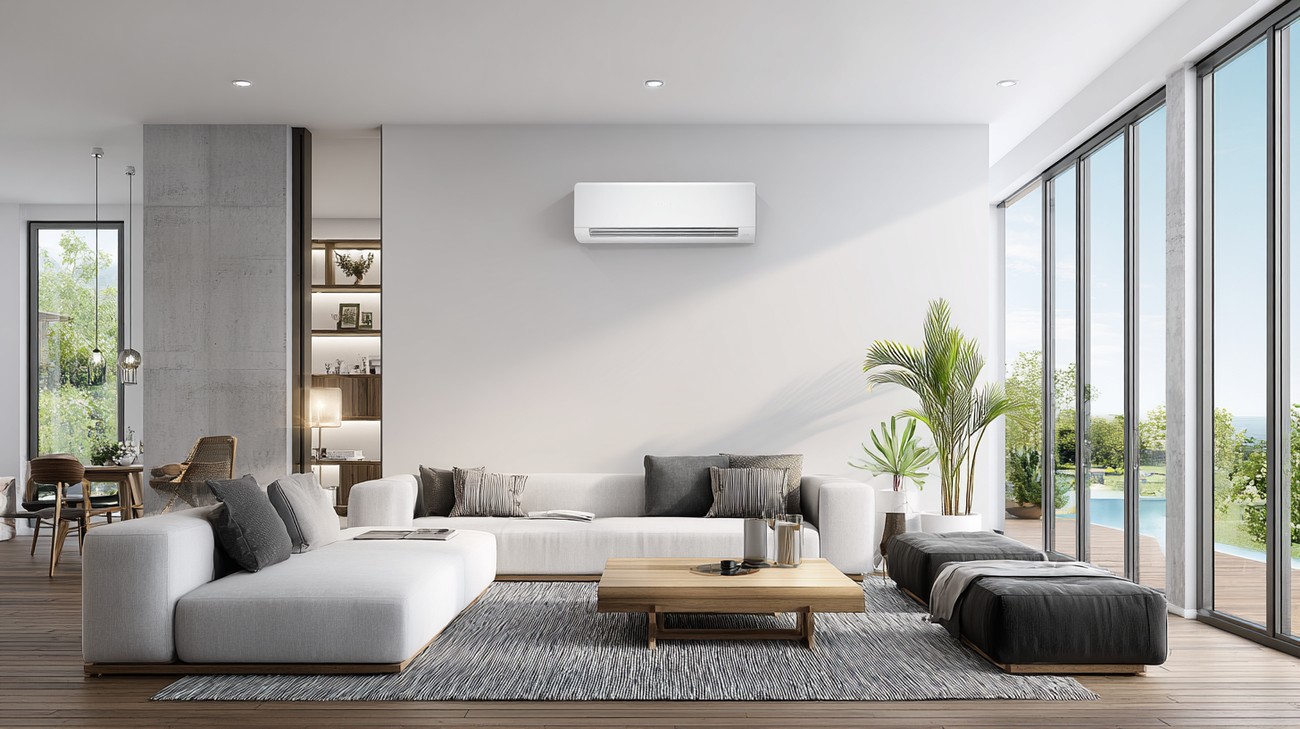
Frequently Asked Questions about Mini Split Cost
What factors influence the cost of a mini split air conditioning system?
Several factors can influence the cost of a mini split air conditioning system. First, the capacity, measured in British Thermal Units (BTUs), significantly impacts the price. Higher BTU systems, which cool or heat larger areas, tend to be more expensive. Additionally, the number of indoor units or zones can increase costs, as each unit independently controls the climate of designated areas. Brand choice and additional features such as smart controls, Wi-Fi capability, or enhanced energy efficiency can also drive up costs. Lastly, installation complexities, including electrical work or wall modifications, might increase the overall expenditure.
Is it more cost-effective to install a mini split AC compared to a central air system?
While the upfront mini split AC cost might be higher per unit, these systems can be more cost-effective than central air conditioning in the long run, particularly for smaller homes or specific zones. Mini splits provide the flexibility to cool or heat only the occupied parts of a home, thus saving energy compared to running a central system to maintain the entire house's temperature. Additionally, mini splits generally have higher energy efficiency ratings, which can lower operational costs. However, in larger homes or for people needing comprehensive climate control, the central system might make financial sense after considering potential energy savings of mini splits versus the broader reach of central systems.
What are the installation costs associated with mini split AC systems?
Installation costs for mini split AC systems can vary based on the complexity of the project and regional labor rates. Generally, installation might add $500 to $2,000 to the mini split air conditioner cost. Elements affecting the installation cost include the number of indoor units, the length of piping required, and any electrical upgrades necessary for the system. Installing wall brackets or concrete pads for outdoor units and possible wall modifications to accommodate the indoor units can also add to the expense. It's recommended to obtain several quotes from certified HVAC professionals to ensure a fair price.
Can I install a mini split AC myself to save costs?
While you might be able to find DIY mini split AC kits, professional installation is highly recommended to ensure optimal performance, energy efficiency, and warranty compliance. DIY installation can lead to errors that might not only reduce system efficiency but also void your manufacturer’s warranty. Hiring a certified HVAC technician can assure proper handling of refrigerants, accurate placement of units for efficient operation, and compliance with local building codes. Although hiring professionals might increase the initial mini split AC cost, it often prevents costly repairs or replacements down the road.
How does the energy efficiency of mini split systems affect their overall cost?
Mini split air conditioners generally boast high Energy Efficiency Ratios (EER) and Seasonal Energy Efficiency Ratios (SEER), translating to lower energy consumption and cost savings on utility bills over time. Systems with higher SEER ratings may come with a higher upfront cost but typically offer more substantial long-term savings. Choosing an energy-efficient model can significantly lower the mini split AC’s operating cost, helping balance out the initial expense. Always compare the energy consumption of various models and consider the potential savings on energy bills when evaluating the overall cost of a mini split system.
Are there additional expenses I should be aware of when considering a mini split AC?
In addition to the cost of the unit and installation, consider potential additional expenses like regular maintenance, which is crucial for ensuring efficient operation. Most mini splits require periodic cleaning of filters, coils, and ensuring there are no obstructions to airflow. Annual service checks by professionals can help prevent costly repairs. Additionally, if you choose models with advanced features like remote controls or smart thermostats, you may face higher upfront costs. Lastly, if your home requires any electrical upgrades or modifications to accommodate the mini split system, these should be factored into the total mini split AC cost.
Does the time of year affect the cost of purchasing and installing a mini split AC?
Yes, the time of year can influence the cost of both purchasing and installing a mini split AC. Many homeowners rush to install heating systems in the fall and cooling systems in the spring or early summer, driving up demand and potentially increasing prices. Buying a mini split AC during off-peak seasons, such as late winter for cooling systems or late summer for heating systems, might present opportunities for cost savings through sales, discounts, or more competitive installation rates. Therefore, planning ahead and purchasing during these off-peak periods can sometimes lead to better deals on both units and services. ```

Cost Breakdown
If you're considering a mini split air conditioning system for your home, understanding the costs involved is essential. Let's dive into the typical price ranges, factors affecting cost, and some tips to help you save money along the way.
Typical Price Ranges
Mini split air conditioners generally fall into a broad price range depending on their features, capacity, and brand. On average, you're looking at spending anywhere from $500 to $2,500 for a single-zone unit. Multi-zone systems, which can cool several rooms, can cost between $1,500 and $5,000. These prices usually include only the unit itself and do not cover installation, which is another expense to keep in mind.
Factors That Affect Cost
Capacity and Size: The larger and more powerful the unit, the higher the price. Units are rated by BTU (British Thermal Units) per hour, which measures cooling power. A unit with a higher BTU rating will cost more. For example, a small 9,000 BTU unit may start around $500, while a 36,000 BTU unit might exceed $2,000.
Brand and Model: Premium brands like Mitsubishi and Daikin tend to be more expensive than budget-friendly options such as Pioneer or Senville. Advanced features like Wi-Fi connectivity, auto-restart, or advanced filtration systems can also bump up the price.
Installation Complexity: The complexity of installation can significantly affect the overall cost. If the indoor and outdoor units are placed far apart, or if additional electrical work is needed, expect to pay more for labor.
Cost Comparison (Budget vs. Premium Options)
Budget options like Pioneer or Senville offer affordable solutions, with single-zone systems frequently priced between $500 and $1,000. These models often provide excellent basic cooling but might lack advanced features or long-term durability.
On the upper end, premium options such as Mitsubishi Electric or Fujitsu start around $1,000 for single-zone units and can exceed $5,000 for more complex multi-zone systems. These units often include advanced features like enhanced air purification, higher energy efficiency, and robust warranties.
Hidden Costs to Consider
When budgeting for a mini split system, remember to factor in these hidden costs:
- Installation: A professional installation can add $300 to $1,500 to your total cost, depending on the complexity and region.
- Electrical Work: Ensuring your electrical system can handle the new unit might require extra work, adding to the expense.
- Maintenance: Regular maintenance is crucial for efficiency and can cost around $100 to $200 annually.
Ways to Save Money
DIY Installation: If you're handy, consider a DIY installation. Although it may seem daunting, some units are designed for easier self-installation, saving you up to $1,500 in labor costs.
Rebates and Incentives: Look for energy efficiency rebates and incentives from your utility company or government. These programs can sometimes cover a significant portion of your costs.
Seasonal Sales: Take advantage of sales during off-peak seasons, typically in the fall or winter, when demand is lower, and prices can drop.
Energy Efficiency: Spend more upfront on energy-efficient units with a high SEER (Seasonal Energy Efficiency Ratio) rating. Though initially pricier, these models can reduce energy bills significantly over time.
Multi-Zone Systems: If cooling multiple rooms, a multi-zone system could be more cost-effective than using several single-zone units, offering efficiency and savings on installation and operational costs.
Equipped with this cost breakdown, you're in a better position to make an informed decision about your mini split air conditioning investment. Choose wisely, and you'll enjoy a comfortable home environment without breaking the bank.

